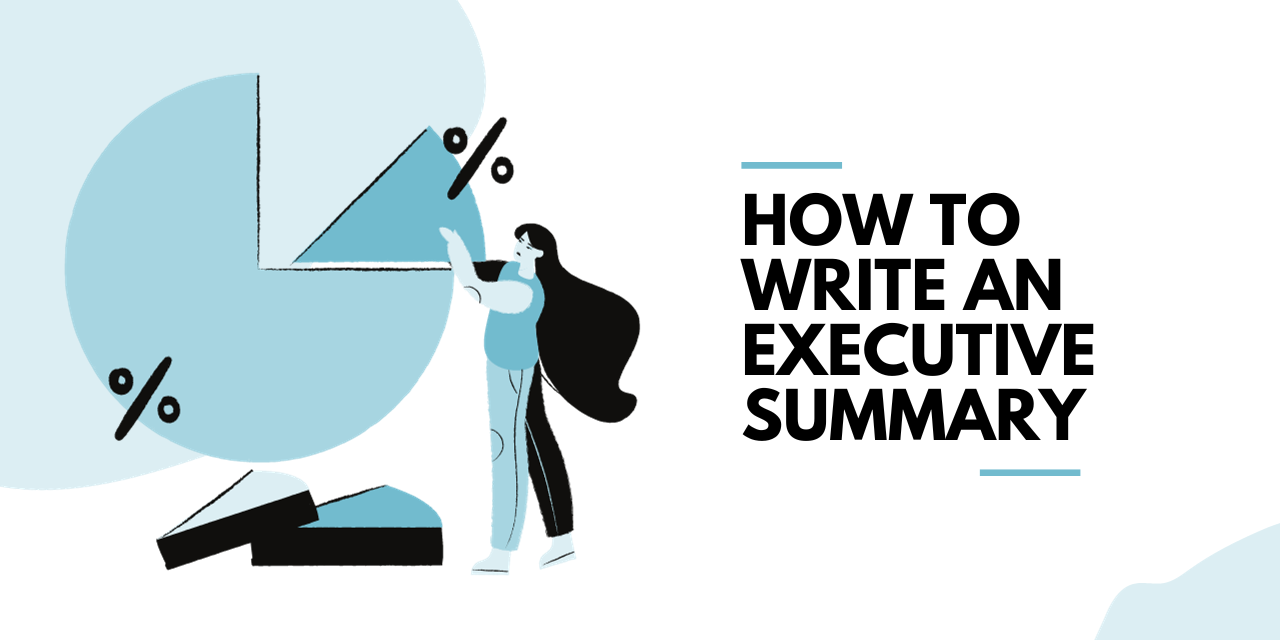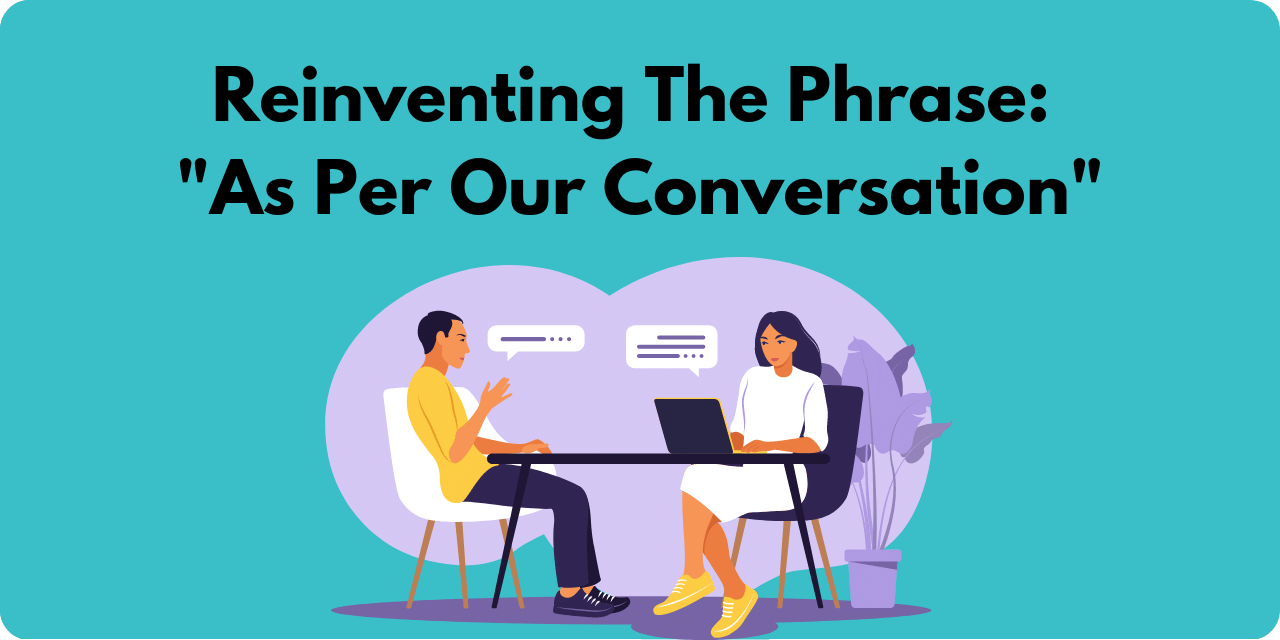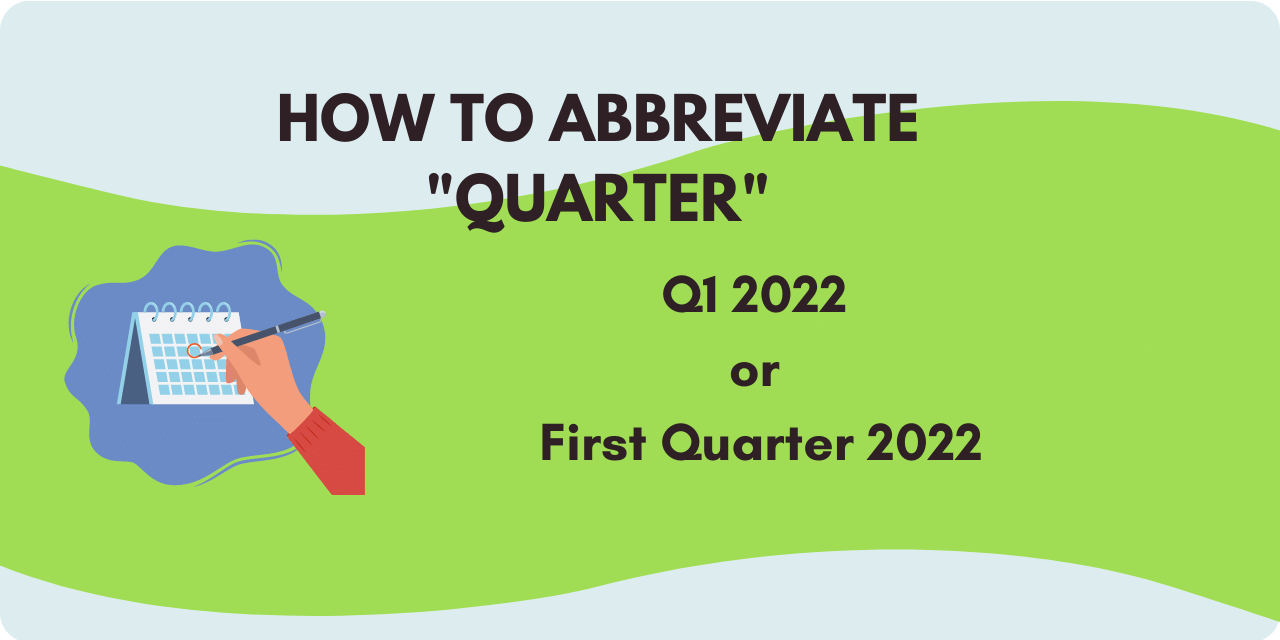In business writing, monotonous and repetitive sentence structures can disengage readers. When sentences follow the same pattern, readers might skim or overlook essential information. Or they may simply lose interest!
By varying sentence lengths and structures, you grab attention, emphasize key points, and make your writing more engaging.
Let’s discuss how diversifying sentence structures can enhance your writing.
Techniques for Varying Sentence Patterns
There are different sentence structures you can use in your writing:
Simple Sentences: A simple sentence contains a subject and a verb. It’s clear and direct.
- Example: Our company has expanded.
Compound Sentences: These link two related ideas with conjunctions like ‘and’, ‘but’, or ‘so’.
- Example: Our company expanded, and we hired new employees.
Complex Sentences: A complex sentence includes a main clause and a dependent clause.
- Example: While our company expanded, we faced challenges in recruitment.
Compound-Complex Sentences: A combination of compound and complex sentences.
- Example: Our company expanded and we hired new employees, but while doing so, we faced challenges.
Tips to Remember:
- Balance is Key: While diversification enhances readability, don’t overcomplicate. Strike a balance between simple and complex structures.
- Punctuation Matters: Proper use of commas, semicolons, and periods can change the structure and meaning of a sentence.
- Read Aloud: This helps in identifying monotonous patterns and areas for variation.
Examples of Sentence Structures in Business Writing
Let’s consider an excerpt from a company’s annual report without diversified sentence structures:
“Our company achieved a 15% increase in sales this year. We launched three new products. They were well received by the market. Our team worked hard. We overcame challenges.”
Now, let’s diversify the sentence structures:
“In the past year, the company recorded a 15% increase in sales. We launched three new products that received positive market feedback. Our team’s consistent efforts contributed significantly to overcoming challenges and achieving these results.”
In the diversified version, the use of complex and compound sentences allows for a smoother flow of information. The message becomes more engaging, and the accomplishments feel more pronounced.
Here are a few more examples to illustrate the concept further:
1. Marketing Presentation
-
- Simple Sentence: “Our product sales increased by 15% this quarter.”
- Compound Sentence: “Our product sales increased by 15% this quarter, and customer feedback has been overwhelmingly positive.”
- Complex Sentence: “While our competitors struggled to gain traction in the market, our product sales increased by 15% this quarter due to our innovative marketing campaigns.”
- Compound-Complex Sentence: “Our product sales increased by 15% this quarter, which can be attributed to our innovative marketing campaigns, and while our competitors struggled, customer feedback for our products remained overwhelmingly positive.”
2. Business Plan
-
- Simple Sentence: “We aim to expand into the European market.”
- Compound Sentence: “We aim to expand into the European market, and we’ve identified potential partners in France and Germany.”
- Complex Sentence: “To achieve higher profitability, we aim to expand into the European market where the demand for our product has grown significantly.”
- Compound-Complex Sentence: “We aim to expand into the European market where the demand for our product has grown, and with our research indicating positive consumer responses in France and Germany, potential partnerships in these regions seem promising.”
3. Investor Communication
- Simple Sentence: “Our startup secured $2 million in funding.”
- Compound Sentence: “Our startup secured $2 million in funding, and we’re preparing for our next growth phase.”
- Complex Sentence: “With the support of prominent venture capitalists, our startup secured $2 million in funding, positioning us well in the market.”
- Compound-Complex Sentence: “Our startup secured $2 million in funding, which has accelerated our product development, and while the market remains competitive, we’ve already seen promising user engagement metrics.”
4. Investment Memo
- Subject: Proposal for Investment in ABC Tech Ltd.
- Simple Sentence: “ABC Tech Ltd. specializes in AI-driven software solutions.”
- Compound Sentence: “The company has showcased strong growth in the last two years, and their revenue has doubled during this period.”
- Complex Sentence: “As their primary product has gained traction in the European market, the potential for expansion into North America seems promising.”
- Compound-Complex Sentence: “Our analysis indicates a favorable return on investment within three years; however, we must also consider the competitive landscape, especially since XYZ Tech is developing a similar product.”
- Recommendation:
- Simple Sentence: “A 15% stake is proposed.”
- Compound Sentence: “This investment aligns with our tech portfolio strategy, and the funds will support ABC Tech’s R&D initiatives.”
- Complex Sentence: “Should the board approve, we will negotiate terms to ensure preferential rights for future fundraising rounds.”
- Compound-Complex Sentence: “While the immediate returns might be modest, the long-term potential, especially with the upcoming product launches, promises significant growth; hence, it’s crucial to finalize the deal before the end of this quarter.”
Conclusion
Diversifying sentence structures is more than just a stylistic choice. By integrating varied sentence structures, business communications can effectively convey messages while maintaining the reader’s interest and understanding.






